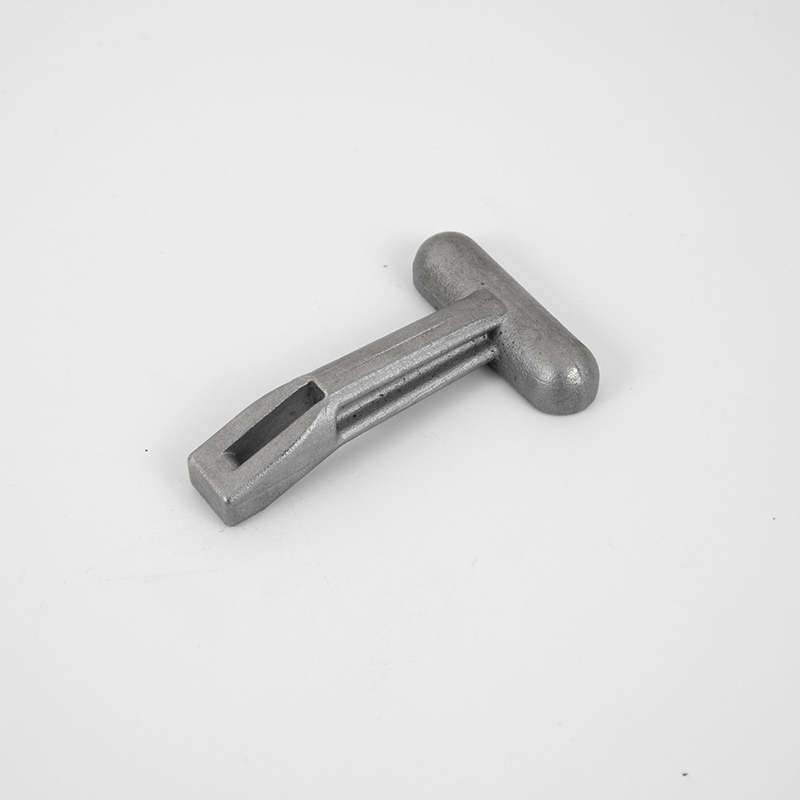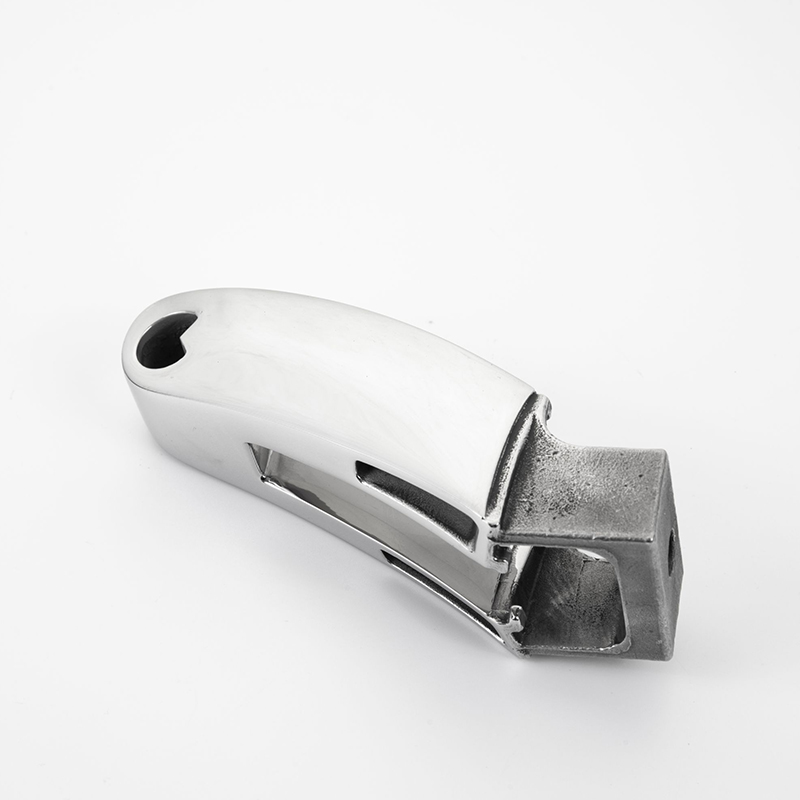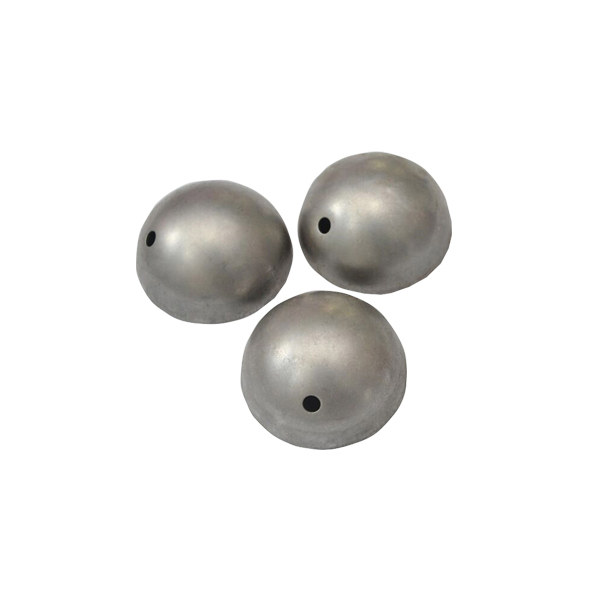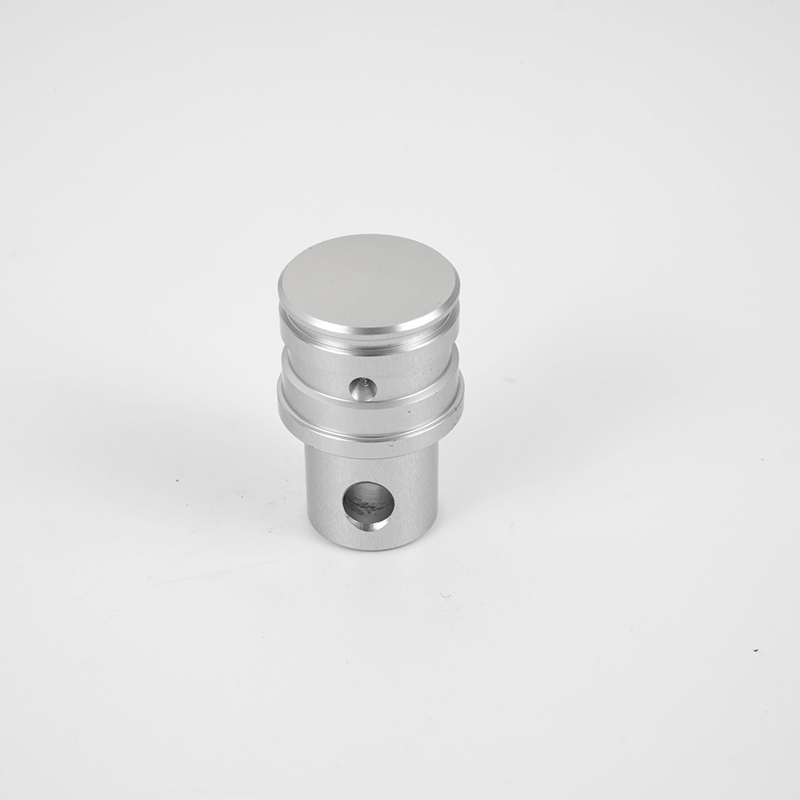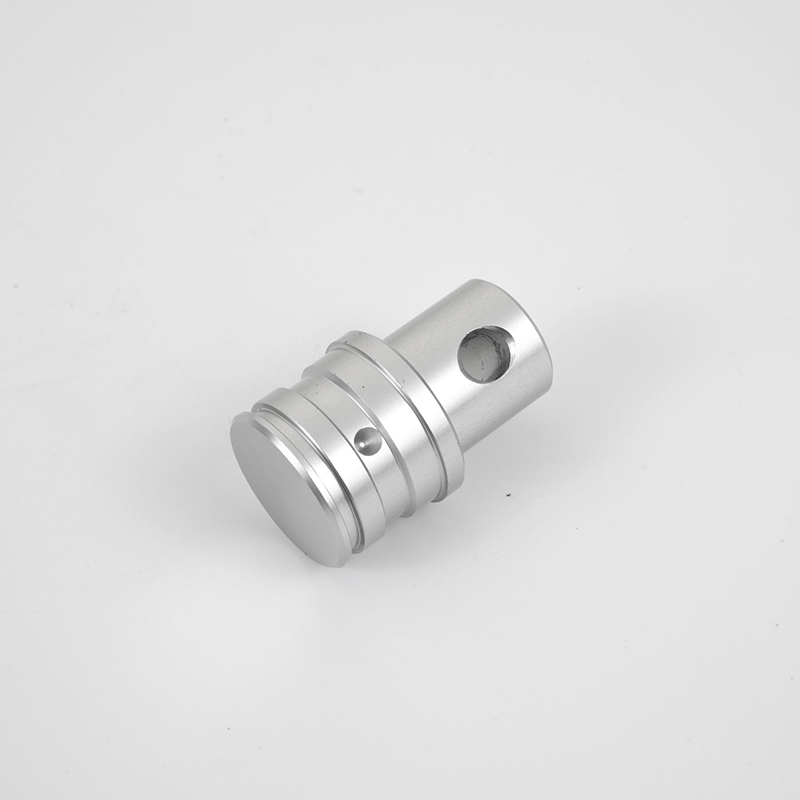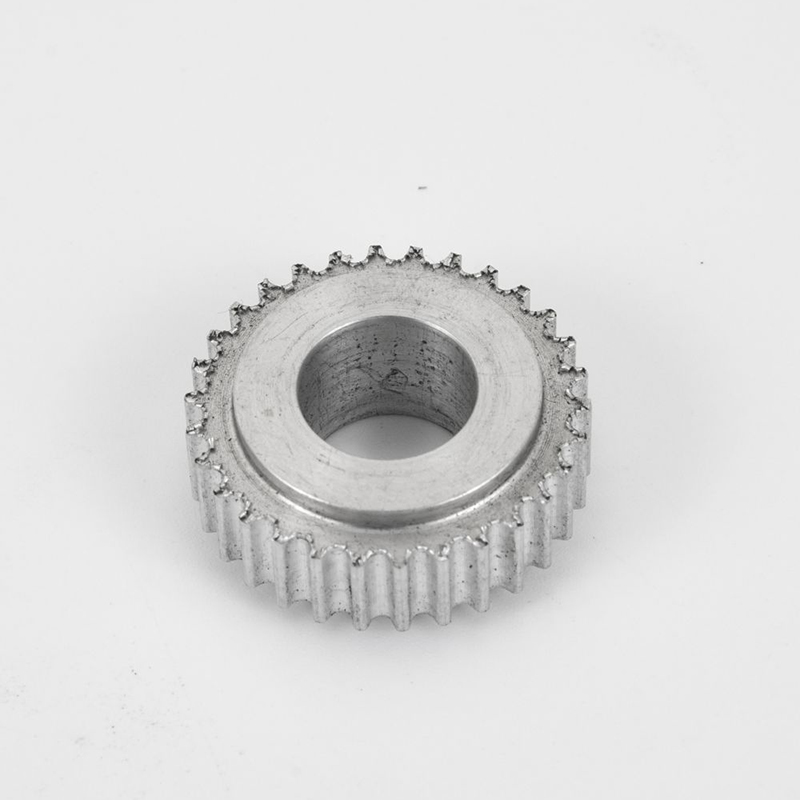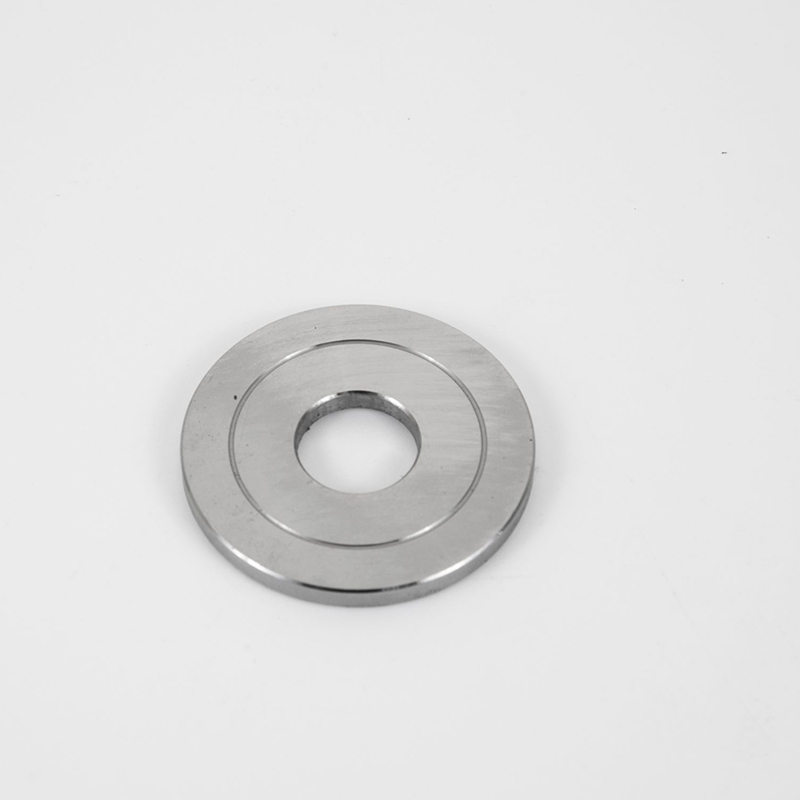Products
Aluminum CNC Machining
You can rest assured to buy customized Aluminum CNC Machining from us. We look forward to cooperating with you, if you want to know more, you can consult us now, we will reply to you in time!Aluminum CNC machining is the process of using a computer-controlled machine to remove material from a block of aluminum to create a finished part. CNC machines use a variety of cutting tools, including drills, end mills, and lathes, to accurately shape aluminum into complex parts with high precision and repeatability.
Send Inquiry
Product Description
What is Aluminum CNC Machining ?
Aluminum CNC machining is the process of using a computer-controlled machine to shape and form aluminum into a finished part. This process involves using cutting tools such as drills, end mills, and lathes to remove material from a block of aluminum and create a desired shape or design with utmost precision and accuracy.
CNC machines are controlled by complex software that translates a 3D CAD model or a blueprint drawing into a list of specific machining instructions. These instructions guide the machine to move the cutting tool along the surface of the aluminum and remove material in a specific pattern to produce the desired shape.
Aluminum CNC machining is a highly versatile process that can be used to create a wide range of parts, from small electronic components to large aerospace parts. Aluminum CNC machining offers many benefits over traditional manufacturing methods, including high precision, accuracy, and repeatability. It allows for the creation of complex parts with tight tolerances and a smooth surface finish. Moreover, aluminum is a lightweight and corrosion-resistant metal, making it an ideal choice for many applications.
CNC machines are controlled by complex software that translates a 3D CAD model or a blueprint drawing into a list of specific machining instructions. These instructions guide the machine to move the cutting tool along the surface of the aluminum and remove material in a specific pattern to produce the desired shape.
Aluminum CNC machining is a highly versatile process that can be used to create a wide range of parts, from small electronic components to large aerospace parts. Aluminum CNC machining offers many benefits over traditional manufacturing methods, including high precision, accuracy, and repeatability. It allows for the creation of complex parts with tight tolerances and a smooth surface finish. Moreover, aluminum is a lightweight and corrosion-resistant metal, making it an ideal choice for many applications.
Why is it Called Aluminum CNC Machining?
Aluminum CNC machining is named after the materials, tools, and process involved in creating finished aluminum parts. "CNC" stands for "Computer Numerical Control," which describes the computer-controlled machines used in the process. "Machining" refers to the manufacturing process of shaping and forming materials into desired shapes or designs using cutting tools.
Aluminum is a popular material used in CNC machining due to its favorable mechanical properties and ease of forming. The CNC machine used for aluminum machining is specifically designed to work with this material, including having high spindle speeds and specialized cutting tools to enable the machining process.
The term "aluminum CNC machining" specifically refers to the process of using a CNC machine to cut, shape, and form aluminum material into a desired shape or design. This process is often used to produce aluminum parts for a variety of applications, including aerospace, automotive, consumer products, and medical devices.
Aluminum is a popular material used in CNC machining due to its favorable mechanical properties and ease of forming. The CNC machine used for aluminum machining is specifically designed to work with this material, including having high spindle speeds and specialized cutting tools to enable the machining process.
The term "aluminum CNC machining" specifically refers to the process of using a CNC machine to cut, shape, and form aluminum material into a desired shape or design. This process is often used to produce aluminum parts for a variety of applications, including aerospace, automotive, consumer products, and medical devices.
What is the Aluminum CNC Machining Process?
The aluminum CNC machining process involves several steps, including:
Design: The first step in aluminum CNC machining is creating a 3D CAD model or blueprint of the part that will be machined.
Material Selection: Once the design is finalized, a block of aluminum alloy is selected, cut, and prepared for machining.
Setup: The machine operator loads the block of aluminum into the CNC machine and secures it in place. They also install the necessary cutting tools and calibrate the machine.
Programming: The operator programs the CNC machine to follow the specific instructions required for machining the aluminum block. This includes the cutting path, cutting speeds, and depth of each cut.
Machining: The CNC machine then begins to cut the aluminum block into the desired shape, removing material as needed to create the final part.
Finishing: Once the initial machining is complete, the part may undergo additional finishing processes, such as sanding or polishing, to smooth or sharpen its surface finish.
Quality Check: The final product undergoes a quality check to ensure it meets the required specifications and tolerances.
The aluminum CNC machining process allows for precise, accurate, and repeatable production of a wide variety of aluminum parts used in numerous industries. This process offers a cost-effective and efficient solution to producing high-quality parts for a wide variety of applications.
Design: The first step in aluminum CNC machining is creating a 3D CAD model or blueprint of the part that will be machined.
Material Selection: Once the design is finalized, a block of aluminum alloy is selected, cut, and prepared for machining.
Setup: The machine operator loads the block of aluminum into the CNC machine and secures it in place. They also install the necessary cutting tools and calibrate the machine.
Programming: The operator programs the CNC machine to follow the specific instructions required for machining the aluminum block. This includes the cutting path, cutting speeds, and depth of each cut.
Machining: The CNC machine then begins to cut the aluminum block into the desired shape, removing material as needed to create the final part.
Finishing: Once the initial machining is complete, the part may undergo additional finishing processes, such as sanding or polishing, to smooth or sharpen its surface finish.
Quality Check: The final product undergoes a quality check to ensure it meets the required specifications and tolerances.
The aluminum CNC machining process allows for precise, accurate, and repeatable production of a wide variety of aluminum parts used in numerous industries. This process offers a cost-effective and efficient solution to producing high-quality parts for a wide variety of applications.
What Materials can be Aluminum CNC Machining?
The metal CNC machining process can be used to manufacture precise metal components from various metal materials. The commonly used metal materials that can be CNC machined include:
Aluminum: This metal is widely used in CNC machining due to its light weight, high strength, and flexibility.
Steel: This metal is known for its strength, durability, and ability to withstand high temperatures, and is commonly used in CNC machining.
Brass: This metal is often used when high wear resistance, thermal conductivity, and aesthetic appeal are necessary for the component.
Copper: This metal is excellent for electrical conductivity, and can be used in making electrical components.
Titanium: This metal has excellent strength, durability, and corrosion resistance, and is commonly used in the manufacture of aerospace and aircraft components.
Zinc: This metal is known for its low melting point and high strength, making it ideal for manufacturing durable, high-precision components.
The choice of the metal material for CNC machining is often based on the desired properties of the final product. For example, some materials may be more suitable for high-strength components, while others may be better for electrical conductivity. The CNC machining process can be adapted for different metal materials, depending on the specific requirements of the project.
Aluminum: This metal is widely used in CNC machining due to its light weight, high strength, and flexibility.
Steel: This metal is known for its strength, durability, and ability to withstand high temperatures, and is commonly used in CNC machining.
Brass: This metal is often used when high wear resistance, thermal conductivity, and aesthetic appeal are necessary for the component.
Copper: This metal is excellent for electrical conductivity, and can be used in making electrical components.
Titanium: This metal has excellent strength, durability, and corrosion resistance, and is commonly used in the manufacture of aerospace and aircraft components.
Zinc: This metal is known for its low melting point and high strength, making it ideal for manufacturing durable, high-precision components.
The choice of the metal material for CNC machining is often based on the desired properties of the final product. For example, some materials may be more suitable for high-strength components, while others may be better for electrical conductivity. The CNC machining process can be adapted for different metal materials, depending on the specific requirements of the project.
What is Aluminum CNC Machining Used For?
Aluminum CNC machining is used to create a wide range of high-quality aluminum parts for a variety of industries. Some common applications of aluminum CNC machining include:
Aerospace: Aircraft parts, such as wing components, landing gear, and electrical enclosures, use aluminum CNC machining.
Automotive: Aluminum CNC machining is used to produce components in the automotive industry, including engine blocks, suspension parts, and transmission housings.
Electronics: Aluminum CNC machining is employed in the manufacturing of electronic components, such as enclosures, heat sinks, and mounting brackets.
Medical Devices: Medical devices, such as surgical instruments, implants, and prosthetics, are manufactured using the precision of aluminum CNC machining.
Consumer Products: Aluminum CNC machining is used to manufacture consumer products like aluminum frames, brackets, and fittings.
Industrial and Heavy Equipment: Aluminum CNC machining is employed in the production of industrial and heavy equipment components such as aluminum castings, brackets, and frames.
Aluminum CNC machining is particularly useful for producing complex parts that require high precision and tight tolerances. It offers superior flexibility, shorter lead times, and higher consistency compared with traditional manufacturing methods, making it highly popular across a wide range of industries.
Aerospace: Aircraft parts, such as wing components, landing gear, and electrical enclosures, use aluminum CNC machining.
Automotive: Aluminum CNC machining is used to produce components in the automotive industry, including engine blocks, suspension parts, and transmission housings.
Electronics: Aluminum CNC machining is employed in the manufacturing of electronic components, such as enclosures, heat sinks, and mounting brackets.
Medical Devices: Medical devices, such as surgical instruments, implants, and prosthetics, are manufactured using the precision of aluminum CNC machining.
Consumer Products: Aluminum CNC machining is used to manufacture consumer products like aluminum frames, brackets, and fittings.
Industrial and Heavy Equipment: Aluminum CNC machining is employed in the production of industrial and heavy equipment components such as aluminum castings, brackets, and frames.
Aluminum CNC machining is particularly useful for producing complex parts that require high precision and tight tolerances. It offers superior flexibility, shorter lead times, and higher consistency compared with traditional manufacturing methods, making it highly popular across a wide range of industries.
What are the benefits of Aluminum CNC Machining?
The benefits of aluminum CNC machining include:
Precision and accuracy: CNC machines are capable of producing parts with exceptionally tight tolerances, ensuring precise and accurate shapes every time.
Repeatability and consistency: CNC machining offers a high degree of repeatability and consistency, making it ideal for high-volume production.
Versatility: Aluminum CNC machines can work with a wide range of aluminum alloys, making it a versatile manufacturing process.
Speed and efficiency: CNC machines can manufacture parts quickly and efficiently, which reduces the production cycle time and can save costs.
Complex geometries: Aluminum CNC machines can produce parts with complex geometries that would be difficult or impossible to achieve with other manufacturing methods.
Reduced waste: CNC machines produce little to no waste, ensuring a sustainable and cost-effective manufacturing process.
Improved surface finish: CNC machining can produce parts with a smooth surface finish, eliminating the need for additional polishing or finishing work.
Lower labor costs: By automating the manufacturing process, fewer labor hours are needed, and potential human errors can be avoided.
Overall, aluminum CNC machining offers many benefits to companies looking to produce high-quality parts quickly, efficiently, and with exceptional precision.
Precision and accuracy: CNC machines are capable of producing parts with exceptionally tight tolerances, ensuring precise and accurate shapes every time.
Repeatability and consistency: CNC machining offers a high degree of repeatability and consistency, making it ideal for high-volume production.
Versatility: Aluminum CNC machines can work with a wide range of aluminum alloys, making it a versatile manufacturing process.
Speed and efficiency: CNC machines can manufacture parts quickly and efficiently, which reduces the production cycle time and can save costs.
Complex geometries: Aluminum CNC machines can produce parts with complex geometries that would be difficult or impossible to achieve with other manufacturing methods.
Reduced waste: CNC machines produce little to no waste, ensuring a sustainable and cost-effective manufacturing process.
Improved surface finish: CNC machining can produce parts with a smooth surface finish, eliminating the need for additional polishing or finishing work.
Lower labor costs: By automating the manufacturing process, fewer labor hours are needed, and potential human errors can be avoided.
Overall, aluminum CNC machining offers many benefits to companies looking to produce high-quality parts quickly, efficiently, and with exceptional precision.
Product details

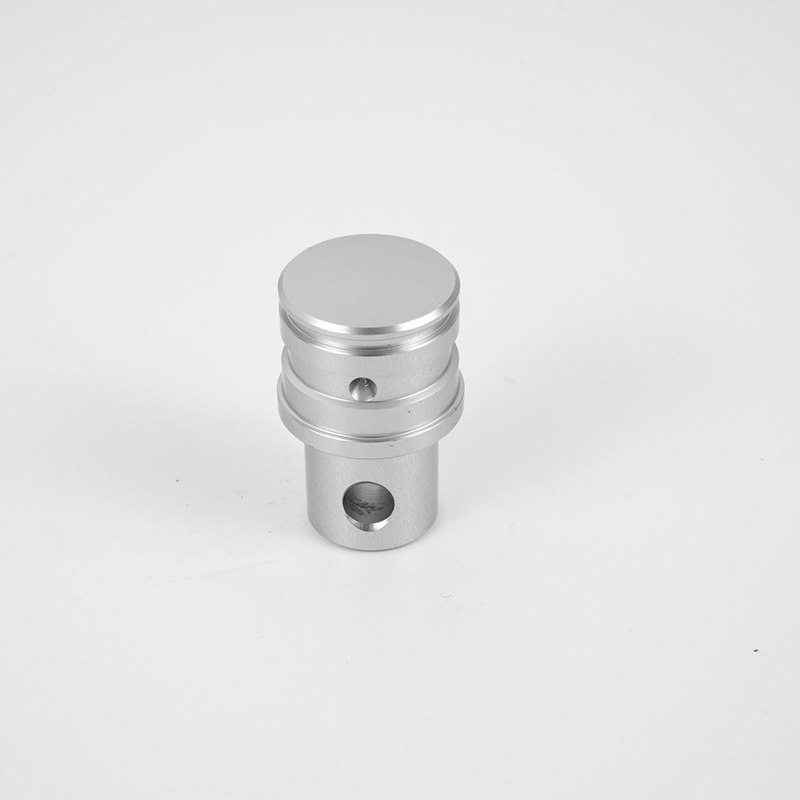


Hot Tags: Aluminum CNC Machining, China, Manufacturer, Supplier, Factory, Customized, Made in China
Related Category
Investment Casting
Shell Mold Sand Casting
Lost Foam Casting
Water Glass Casting
Lost Wax Casting
Die Casting
Precision Machining
CNC Machining
Turning Machining
Machining Workshop
Send Inquiry
Please Feel free to give your inquiry in the form below. We will reply you in 24 hours.
